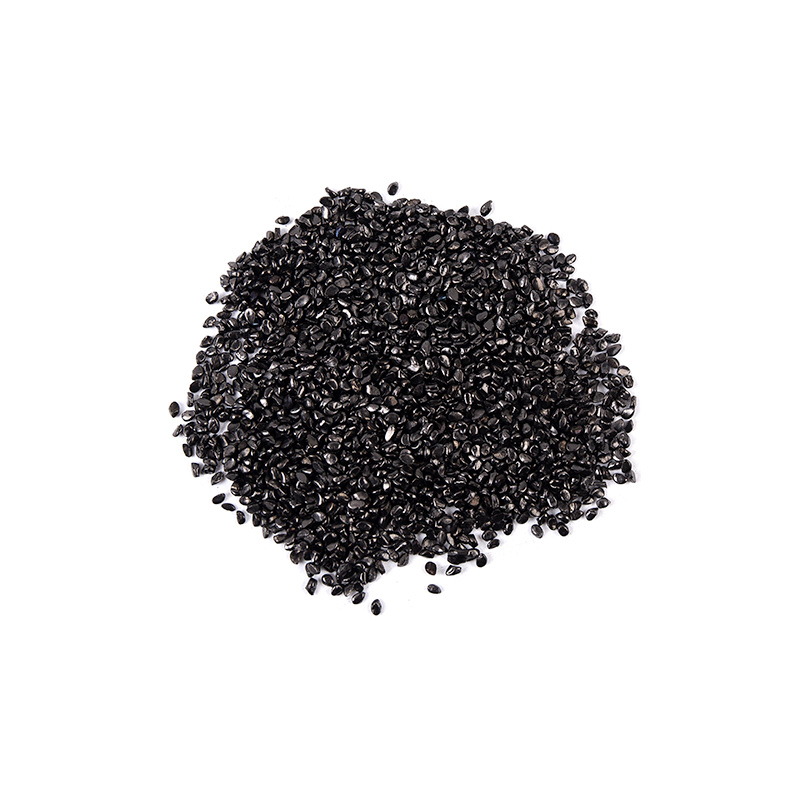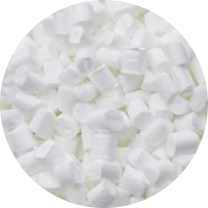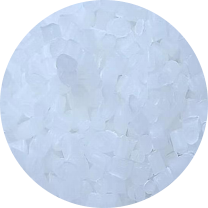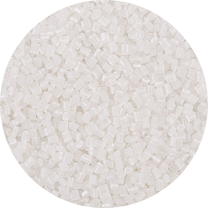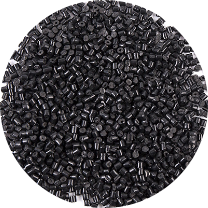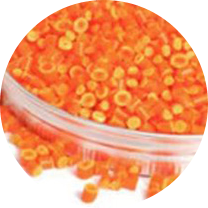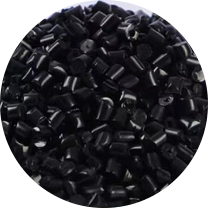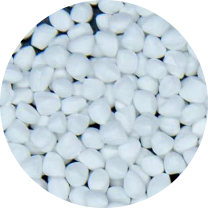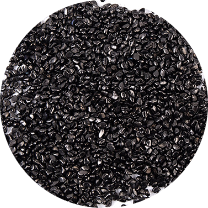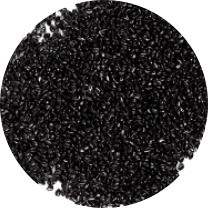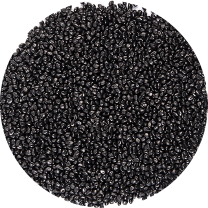UV Resistant Carbon Black Masterbatch: Applications, Benefits, and Industry Trends
- 1 1. UV Resistant Carbon Black Masterbatch for Plastic Packaging – Benefits & Applications
- 2 2. How Carbon Black Masterbatch Enhances UV Stability in Automotive Plastics
- 3 3. Sustainable UV Resistant Masterbatch: Carbon Black vs. Alternatives
- 4 4. Cost-Effective UV Protection: Carbon Black Masterbatch for Outdoor Products
UV-resistant carbon black masterbatch is a critical additive in plastic manufacturing, offering enhanced durability against sunlight degradation. This article explores its key applications, benefits, and emerging trends across industries such as packaging, automotive, and outdoor products. We also compare carbon black with alternative UV stabilizers, providing insights into cost-effective solutions for long-term plastic performance.
Common Universal Grade Granules Black Masterbatch Black Plastic Granules
1. UV Resistant Carbon Black Masterbatch for Plastic Packaging – Benefits & Applications
Why It Matters in Packaging
Plastic packaging is constantly exposed to UV radiation, leading to discoloration, brittleness, and reduced shelf life. UV-resistant carbon black masterbatch mitigates these effects by absorbing harmful UV rays, ensuring product integrity.
Key Benefits
Extended Shelf Life – Prevents premature degradation of packaged goods.
Color Stability – Maintains consistent black pigmentation without fading.
Cost Efficiency – Reduces the need for additional UV stabilizers.
Applications
Food Packaging – Protects contents from UV-induced spoilage.
Consumer Goods – Ensures product aesthetics remain intact during storage and transport.
Pharmaceuticals – Prevents UV-sensitive medications from degrading.
2. How Carbon Black Masterbatch Enhances UV Stability in Automotive Plastics
The Automotive Industry's Demand for UV Resistance
Automotive components, such as dashboards, bumpers, and exterior trims, require long-term UV stability to withstand harsh sunlight exposure. Carbon black masterbatch provides a reliable solution by blocking UV penetration.
Technical Advantages
Prevents Cracking & Warping – Maintains structural integrity under prolonged sun exposure.
Surface Protection – Reduces oxidation and color fading in interior and exterior parts.
Compatibility with Engineering Plastics – Works well with PP, ABS, and polycarbonate blends.
Common Automotive Uses
Exterior Trim & Bumpers – Resists weathering and maintains a sleek appearance.
Interior Panels – Prevents discoloration and material degradation.
Under-the-Hood Components – Enhances durability in high-temperature environments.
3. Sustainable UV Resistant Masterbatch: Carbon Black vs. Alternatives
The Shift Toward Eco-Friendly Solutions
With increasing environmental regulations, manufacturers are exploring sustainable UV-resistant additives. Carbon black remains a cost-effective option, but alternatives like titanium dioxide, hindered amine light stabilizers (HALS), and organic UV absorbers are gaining traction.
Comparison of UV Stabilizers
| Additive | Pros | Cons |
|---|---|---|
| Carbon Black |
|
|
| Titanium Dioxide |
|
|
| HALS (Hindered Amine Light Stabilizers) |
|
|
| Organic UV Absorbers |
|
|
Best Use Cases
Carbon Black – Ideal for black or dark-colored products where aesthetics are not a concern.
HALS & Organic Absorbers – Better for transparent or brightly colored plastics requiring UV protection.
4. Cost-Effective UV Protection: Carbon Black Masterbatch for Outdoor Products
The Need for Durability in Outdoor Plastics
Outdoor products, such as garden furniture, agricultural films, and construction materials, face extreme weather conditions. Carbon black masterbatch offers an economical way to enhance UV resistance without compromising performance.
Advantages for Outdoor Applications
Weather Resistance – Protects against UV, rain, and temperature fluctuations.
Longevity – Extends product lifespan, reducing replacement costs.
Versatility – Compatible with HDPE, LDPE, and PVC for various outdoor uses.
Common Outdoor Applications
Agricultural Films – Prevents degradation from prolonged sun exposure.
Playground Equipment – Ensures safety and durability in harsh environments.
Fencing & Decking – Maintains structural strength and appearance over time.
prevNo previous article
nextCarbon Black Masterbatch: Key Suppliers, Manufacturers, and Conductive Applications


 English
English 中文简体
中文简体 한국어
한국어 عربى
عربى